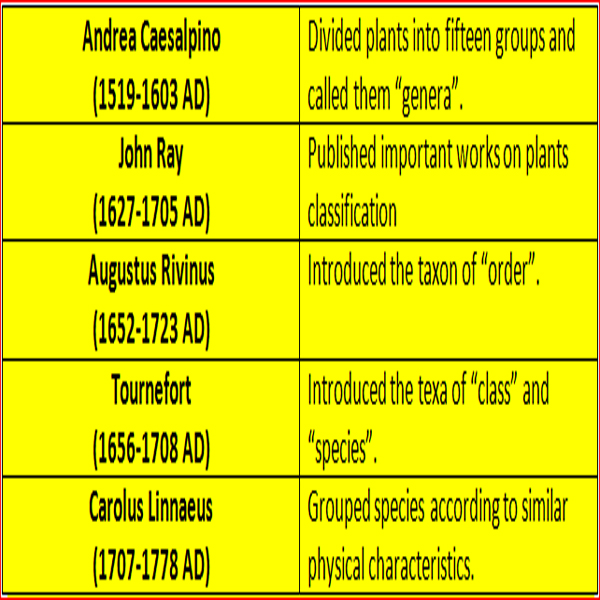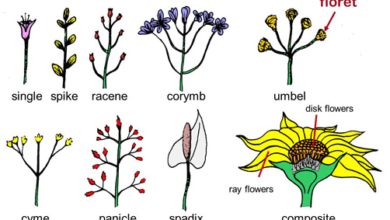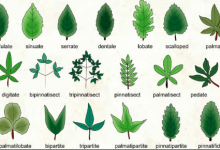2, 3 and 5-Kingdom Classification Systems with Characteristics
Kingdom Classification Introduction
Here we discuss a lot of things about 2, 3, and 5 Kingdom Classification Systems. In this great universe, God created countless creatures and entities. The scientists have been divided and categorized into sections and varieties. Scientists have divided the Earth’s organisms into two parts:
living organisms: Living organisms are growing, multiplying, and moving from one place to another, and have their own characteristics and characteristics. Living organisms are organisms consisting of a group of cells capable of performing vital functions that distinguish them from other non-living organisms.
They are capable of movement, growth, reproduction, output, adaptation, response to the effects surrounding it, and demolition and construction (metabolism).
Non-living organisms: are rigid beings that do not grow, reproduce or move.
To classify living organisms, scientists have created what is called “taxonomy”. Taxonomy is the science of classification of living and living organisms into scientific work, in proportion to the common characteristics of each species, which are either pyramid, relationship, or network.
Aristotle was the first to establish the foundations of taxonomy, classifying organisms into living beings and non-living beings, and others for what follows.
There is also the scientist John Ray, who is the first to establish the exact scientific foundations of this science.
There is also Carlos Lenios, who expanded the horizons of this science, and built on Aristotle and Ray’s classification.
Biologists prefer such a system that can provide maximum information about the basic differences and similarities among different organisms. According to the earlier classification system, organisms were classified into two kingdoms but now taxonomists agree on a five-kingdom classification system. We will see the basis of these classification systems and the drawbacks of the two-kingdom and three-kingdom classification systems.
Two-Kingdom Classification System
It is the oldest system and classifies all organisms into two kingdoms i.e. Plantae and Animalia. According to it, all organisms that can prepare food from simple inorganic materials and thus can store energy, are autotrophs and are included in the kingdom Plantae.
On the other hand, the organisms that can’t synthesize their food and depend on autotrophs or others are heterotrophs and are included in the kingdom Animalia. According to this system, bacteria, fungi, and algae were included in the kingdom Plantae.
Some taxonomists found this system unworkable because many unicellular organisms like euglena have both plant-like (presence of chlorophyll) and animal-like (heterotrophic mode of nutrition in darkness and lake of the cell wall) characters.
So there should be a separate kingdom for such organisms. This system also ignores the difference between organisms having prokaryotic and those having eukaryotic cells.
Three-Kingdom Classification System
In 1866, Ernst Hackel solved the first objection and proposed a third kingdom i.e. protists to accommodate euglena-like organisms. He also included bacteria in the kingdom Protista. In this system, fungi were still included in the kingdom Plantae.
The system did not clarify the difference between prokaryotes and eukaryotes. Some biologists disagree about the position of fungi in the kingdom Plantae. Fungi resemble plants in many ways but are not autotrophs. They are a special form of heterotrophs that get their food by absorption. They do not have cellos in their cell walls but rather possess chitin.
Five-Kingdom Classification System
In 1937, E-Chatton suggested the terms, “procariotique” to describe bacteria and “Eucariotique” to describe animal and plant cells. In 1967, Robert Whittaker introduced the Five-Kingdom Classification System. This system is based on;
- The levels of the cellular organization i.e. prokaryotic, unicellular eukaryotic, and multicellular eukaryotic.
- The principal modes of nutrition i.e. photosynthesis, absorption, and ingestion.
On this basis, organisms are classified into five-kingdom: monera, protista, fungi, Plantae, and Animalia.
In 1988, Margulis and Schwartz modify the five-kingdom classification of Whittaker. They considered genetics along with cellular organization and mode of nutrition in classification. They classified the organisms into the same five kingdoms as proposed by Whittaker.
Consequently, organisms are classified according to the many characteristics of each species. Where organisms are classified based on several considerations including the complete anatomy of the organism, the common characteristics of the cells and their composition, a similarity in the structure, members of reproduction among them, feeding methods, and many other divisions.
Therefore, the following principles have been developed for the classification of living organisms and are – in hierarchical order -:
1. Type
2. Sex
3. The platoon
4. Rank
5. Community
6. Division
7. Kingdom
Kingdoms are the largest and most comprehensive, includes all living organisms, and are divided into five kingdoms President:
1. Animal Kingdom
2. Plant Kingdom
3. Kingdom of fungi
4. The Kingdom of Atlantics
5. The Kingdom of the Primitive
1. The Kingdom of Animals:
It is divided into two main parts:
First: vertebrates: animals that have a poor column; which includes fish, mammals – including humans -, amphibians, reptiles, and birds. Second: Invertebrates: Animals that do not have a vertebrate column, which includes sponges, mollusks, worms, spiders, and other species.
2. Kingdom of plants:
They are divided into two main parts: vascular plants, and vascular plants.
3. Kingdom of fungus:
which includes colloidal fungi and other: mushrooms of various kinds.
4. The Kingdom of Talaei:
It is divided into two main parts, namely: primates, and algae.
5 – Kingdom of primacy:
which includes bacteria of all kinds. Recently, “viruses” in the science of classification have been added to these kingdoms.






Thanks to the excellent guide